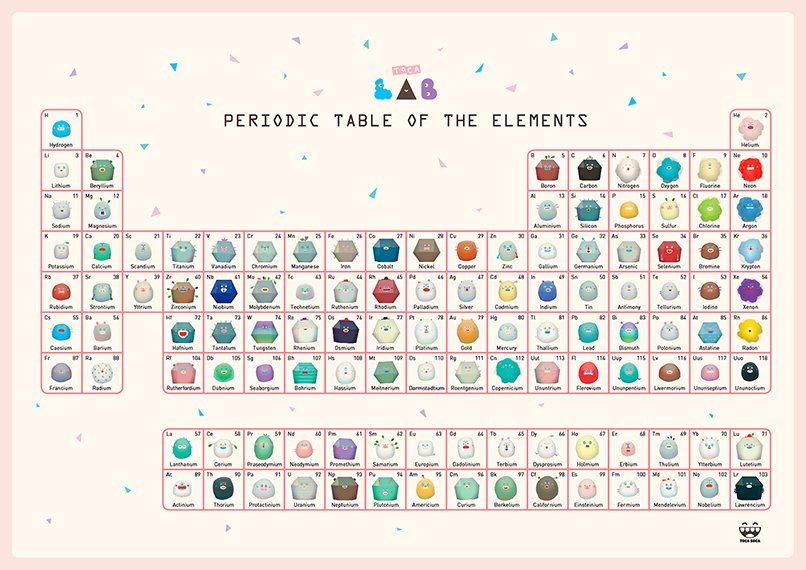At the GigaOM meetup in Boulder the attendees weren’t interested in abstract ideas about avatars or services versus hardware; they wanted the stories from on the ground. More important to me, what are business models around the Internet of Things (IoT), it’s great to have a massive connected ecosystem, but if money can’t be made…
Three stories from the fields that were shared at GigaOM’s meetup in Boulder were:
Mike Soucie, a cofounder of Mobiplug, laid out his company’s vision for the connected home, showing how you could connect your existing devices using the Mobiplug hub.
He was asked about privacy; namely, when we put all this information from our Philips’ Hue light bulbs to our door locks on our phone, what happens if the phone goes missing? Or someone snoops on our home Wi-Fi network? Soucie acknowledged that these are concerns, but didn’t really answer the question, stating that people already keep a lot of information on their phones today.
and
The historical perspective was popular with Michael Rosenblatt, who is the CEO of Atoms Express, a connected toy company.
He traced the internet of things back to a connected stock ticker from the late 1800s and pointed out that companies exist who still do variations on that today. His presentation dovetailed nicely with Soucie’s. From both I took away three characteristics consumers will likely care most about when purchasing connected products (ed.: read further on GigaOM’s website).
and
Matt Bolton of SparkFun, offered a complementary presentation that showcased how the internet of things owes a debt to the Maker movement.
The availability of electronics projects like those sold by SparkFun are often a gateway drug for the entrepreneurs who end up starting IoT companies.
Internet of Things business models
The Internet of things (IOT) will create $14 trillion dollars in business opportunities according to Cisco. Frank Ferro of Sonics put it well in an article on their corporate blog on the challenge of IoT business models, as example he refers to a pool:
“Having a pool controller or security system that is connected to the Internet is nice, but how many of these products are sold per year? Last year for example, there were about 1 million cars sold with Wi-Fi connectivity and the number is projected to be 7.2 million in 2017. This is healthy growth, but when compared to the >500 million smart phones with Wi-Fi, this is a relatively small market. I am using connectivity (Wi-Fi in this case) as a proxy for these segments, but the same volumes generally apply to the underlying controllers, as well. Plus, the turnover rate in many segments of the IOT is much slower, with consumers owning products for seven years or longer and only one product per household versus many connected devices per person.”
He ends with:
“It is good that semiconductor companies are talking about the IOT market as the ‘next big thing,’ but they need to take a serious look at the business model and the chip design methodologies required to support these wide ranging market segments if they want a piece of the $14 trillion pie.”
Utility Challenge
I think one of the challenges will be the usefullness of IoT applications, brand utility. Many IoT examples and ideas I’ve read are nice-to-haves but not really disruptive and useful. Communicating refridgerators?
I do think that the concreteness of the Internet of Things can be accelerated if the focus is put on usefullness.
What do you think will be the biggest challenge, the business model one or the application of IoT?
Gianluigi Cuccureddu is co-founder of Damarque, helping you to improve your commercial performance through better engagement with your employees, customers and strategic business partners.
We offer high-impact training, coaching and consulting services for professionals, teams and organizations to help improve people ánd organizational performance and innovation capability in an efficient and sustainable way.


























